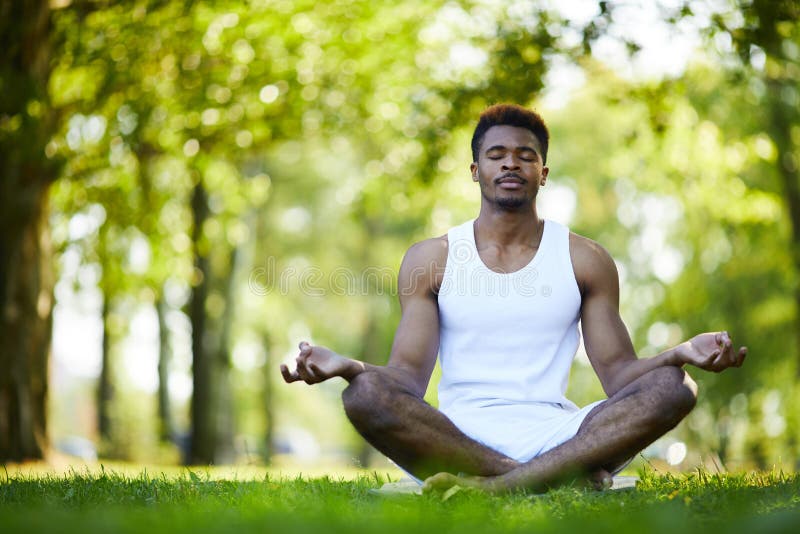A Step-by-Step Approach on How to Meditate? for Stress Alleviation
A Step-by-Step Approach on How to Meditate? for Stress Alleviation
Blog Article
Just How to Meditate: A Step-by-Step Method to Achieving Mindfulness and Tranquility
Reflection serves as a powerful tool for accomplishing mindfulness and psychological calm in a fast-paced globe. By understanding the essential principles and methods included in reflection, people can cultivate a technique that boosts their general wellness.
Recognizing Meditation
Recognizing reflection entails comprehending its basic principles and strategies, which serve as the structure for the practice. At its core, reflection is a mental workout aimed at advertising leisure, developing inner energy, and establishing compassion and insight. The technique motivates individuals to concentrate their attention, frequently through techniques such as deep breathing, visualization, or rule repeating.
Meditation can be categorized into numerous styles, consisting of mindfulness, transcendental, and loving-kindness meditation, each with unique purposes and approaches. Mindfulness meditation stresses present-moment recognition and non-judgmental monitoring of ideas and feelings, while transcendental reflection includes the use of details rules to go beyond common thought procedures. Loving-kindness reflection concentrates on creating an attitude of love and empathy in the direction of oneself and others.
Regardless of the strategy utilized, the primary objective stays consistent: to cultivate a much deeper understanding of the mind and its patterns. This self-awareness promotes emotional durability, quality of idea, and an extensive sense of calmness (How to meditate?). By understanding these principles and techniques, people prepared for an effective reflection practice that can substantially enhance their total well-being
Planning For Your Practice
Before beginning your reflection technique, it is essential to produce a setting for focus and leisure. Select a peaceful space where you are unlikely to be disrupted. This could be an edge of an area, a garden, or any type of area that stimulates a feeling of peace. Make sure that the location is totally free and tidy of clutter, as a clean setting can aid get rid of the mind.
Think about the lights, as natural light can boost your mood and power. Soft, cozy lights is frequently a lot more calming than harsh fluorescent lights. In addition, choose a comfortable temperature level, making sure that you are neither too hot nor also cold.
Incorporating elements that promote serenity can better improve your experience. This could consist of soft cushions or coverings for convenience, as well as relaxing fragrances from vital oils or scent. It can also be beneficial to have a timer set for your meditation session to protect against disturbances from clock-watching.
Fundamental Meditation Methods
:max_bytes(150000):strip_icc()/woman-couch-meditation-breathing-56a905355f9b58b7d0f75f55.jpg)
Another effective technique is body check meditation. This includes emotionally checking your body from head to toe, noticing any areas of stress or pain and knowingly loosening up those muscular tissues. This method cultivates a deeper connection between your body and mind.

Last but not least, loving-kindness reflection concentrates on cultivating compassion in the direction of yourself and others. Quietly repeat phrases of goodwill, improving emotional wellness and linked here interconnectedness. Each of these strategies functions as a foundation for your reflection journey, enabling you to find the method that reverberates finest with your personal technique.
Preserving Focus and Mindfulness
:max_bytes(150000):strip_icc()/GettyImages-938890492-becc3fc4757849bea672f148454943f9.jpg)
Establishing a dedicated reflection space can improve the ability to keep mindfulness. A quiet, uncluttered atmosphere minimizes diversions, enabling much deeper immersion in the practice. Furthermore, establishing a time frame can help handle expectations; starting with much shorter sessions might relieve the shift right into longer methods.
Making use of techniques such as body scanning or observing feelings can additionally reinforce mindfulness. These methods urge specialists to remain present and involved with their physicality, anchoring their interest in the minute. Regular technique is crucial; the brain builds durability gradually, creating a stronger capability for focus.
Incorporating Reflection Into Life
Incorporating meditation into life can change regular activities into chances for mindfulness and self-reflection. By integrating mindfulness methods into usual jobs, people can grow a better sense of existence and peace in the middle of the numerous hours of day-to-day life.
Begin by recognizing moments throughout your day where you can stop and exercise mindfulness. During your morning commute, focus on your breath or the feelings of the environment around you. In the kitchen area, technique cooking as a reflective practice, enjoying the appearances, shades, and aromas of the active ingredients. Even mundane browse around here tasks like strolling or washing meals can end up being opportunities for meditation by routing your focus to the feelings of activity and the sounds surrounding you.
In addition, establishing apart committed times for reflection can enhance its method. Beginning with brief sessions, gradually boosting duration as you come to be more comfortable. Usage reminders or signs-- like a details time of day or a calming sound-- to establish uniformity.
Ultimately, the objective is to weave mindfulness right into the material of day-to-day live, permitting you to come close to each moment with objective, consequently enhancing your general feeling of wellness and clarity.
Verdict
In verdict, reliable meditation needs a peaceful atmosphere, a comfy position, and a focus on the breath. Regular reflection, visit the website also in brief sessions, promotes a deeper link to the existing minute, eventually leading to greater calmness and mental clarity in daily life.
Reflection can be categorized into different designs, including mindfulness, transcendental, and loving-kindness meditation, each with unique functions and techniques. Mindfulness reflection highlights present-moment awareness and non-judgmental observation of ideas and sensations, while transcendental reflection includes the use of certain concepts to transcend average thought processes.With your reflection room prepared, it's time to explore different basic meditation methods that can assist cultivate mindfulness and inner tranquility.Constantly preserving focus and mindfulness during meditation can be tough, specifically for those brand-new to the method.Developing a specialized reflection area can boost the capacity to maintain mindfulness.
Report this page